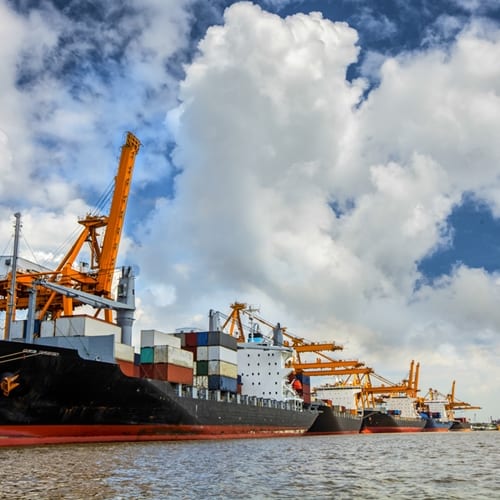The wreck of the Costa Concordia cruise ship, which occurred in January 2012, has now officially reached its fourth anniversary. Since that time, significant consequences have followed, including the conclusion of a project towing the immense vessel for recycling and the sentencing of captain Francesco Schettino to prison.
"The salvage effort may cost around $2 billion."
According to The Maritime Executive, the effort that recovered the wreck of the Concordia was "the largest, most technically demanding project of its kind in history" and completed in 2014. After this, the ship passed through a multi-phase process to dismantle it and prepare for recycling.
This included an initial sweep to strip furnishings and fittings, followed by deck structures, and final deconstruction. The fourth and last phase was said to include "the complete disassembly of the wreck including the removal of the remaining interior fittings, clean-up of the various areas and final demolition of all the remaining structures," as well as the "disposal and recycling of the discarded materials."
Material from this project includes 8,600 tons of bulk to be disposed as well as 1,500 tons of fittings suitable for recycling. A further 7,700 tons will be harvested for scrap metal, a Ship Recycling Consortium table published last year described.
Another article from the source states that the salvage effort may cost around $2 billion, another record-breaking figure. Deconstruction activities are underway in the Genoan Port of Pra Voltri.
For demanding, expensive salvage operations, especially those as historic as this one, marine contractors may need insurance from an experienced company familiar with marine clients. The more specific dive contractors are with their policies, the greater the potential for accurate support.

